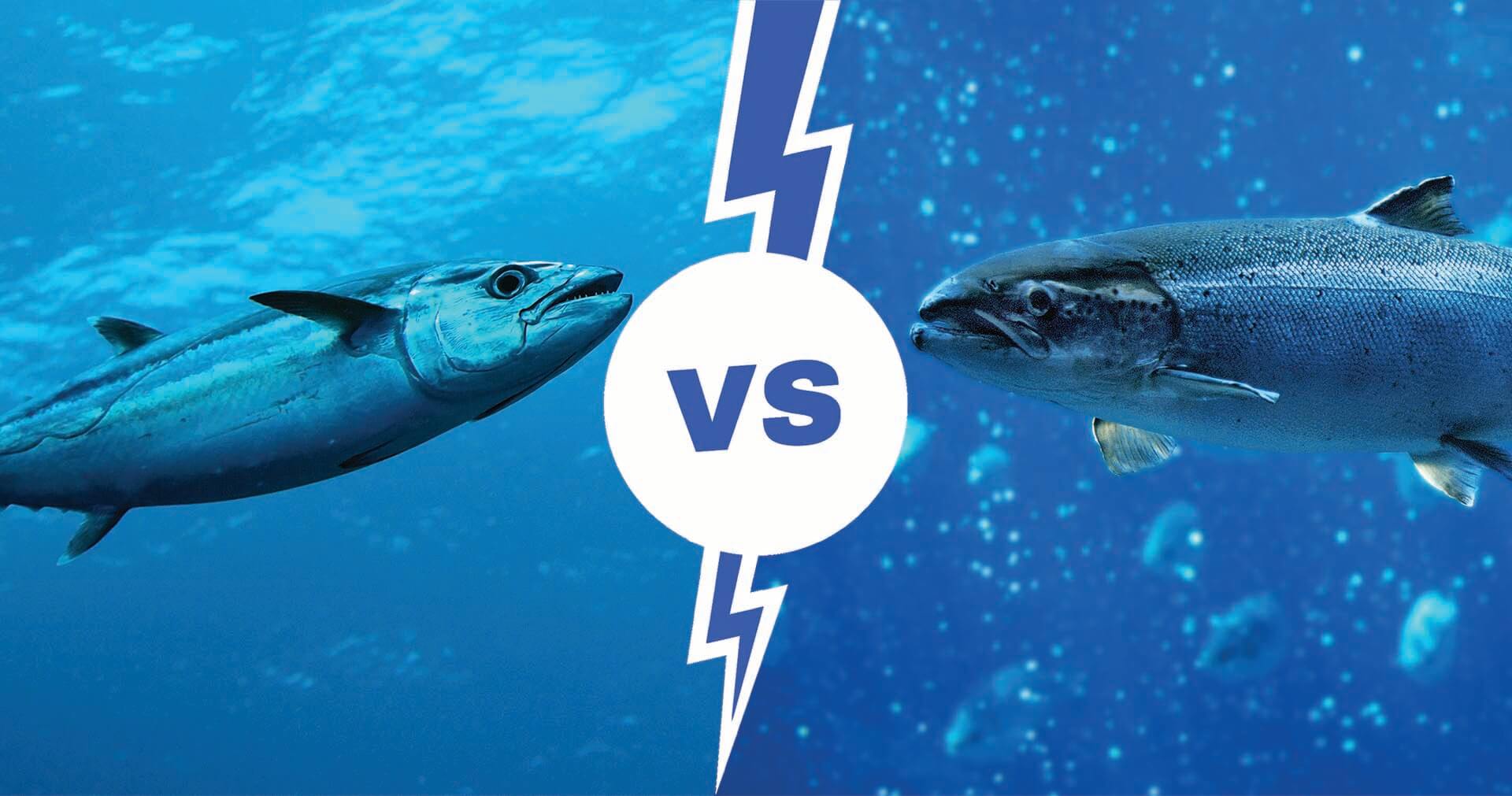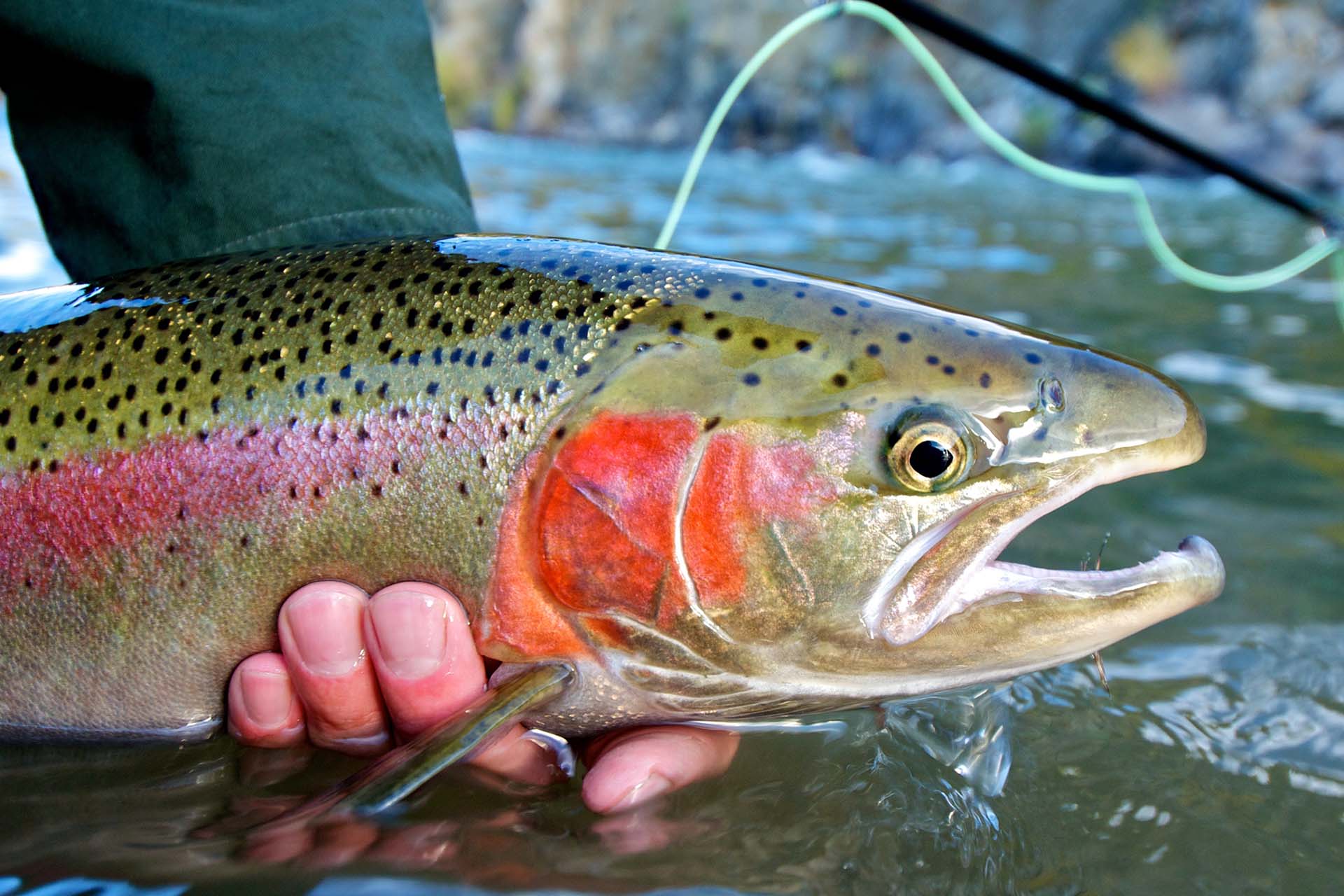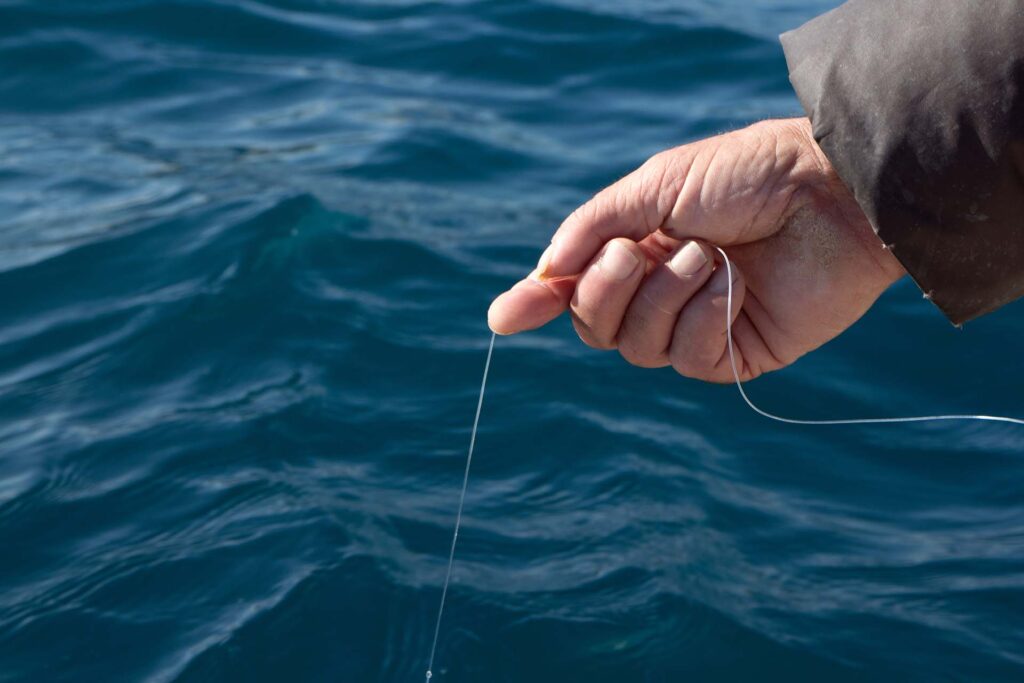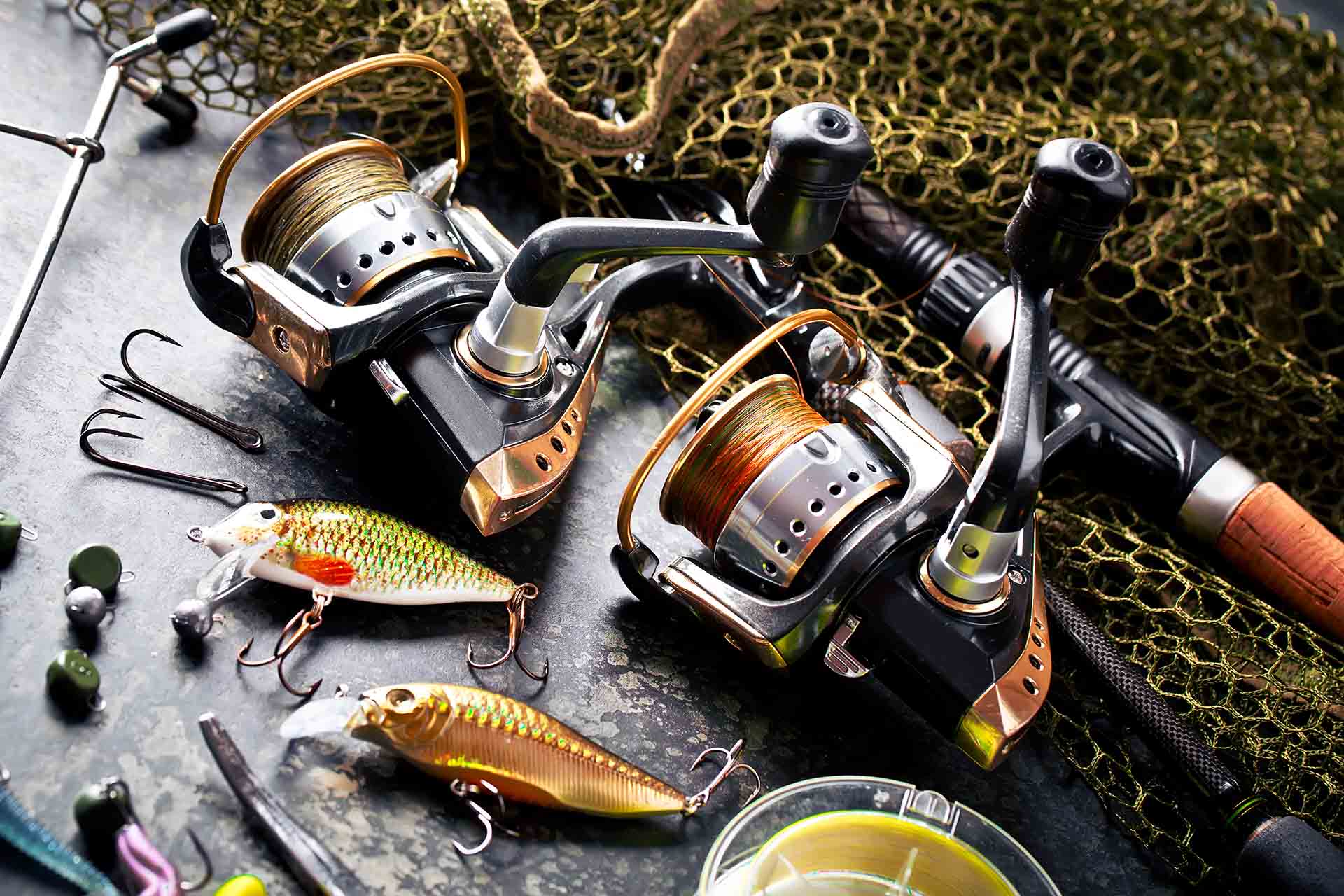Whether you’re an experienced angler seeking to enhance your skills or a novice eager to embark on an exciting fishing adventure, this comprehensive guide on how to catch yellowfin tuna is your gateway to mastering the art of catching one of the ocean’s most prized game fish. So, prepare to dive into the depths of knowledge and yellowfin tuna fishing tips, and let’s explore the exhilarating world of fishing together.
Basics of How to Catch Yellowfin Tuna
Catching yellowfin tuna is a thrilling pursuit that requires a combination of essential fishing gear, successful techniques, and a keen understanding of ocean conditions. The right equipment, including robust rods, reels, lines, hooks, leaders, baits, and lures, forms the foundation of a successful venture. Beginners can start with medium-heavy to heavy-action setups and gradually progress to more specialized gear as they gain experience.
Employing various techniques such as trolling, jigging, and popper fishing allows anglers to entice yellowfin tuna effectively, but mastering each method takes practice and finesse. Reading the ocean is key, with attention to water temperature, surface activity, and signs of prey species guiding you to where these elusive fish might be lurking.
Once hooked, the battle with yellowfin tuna can be epic, requiring patience and skill to tire out and safely land these powerful creatures. Whether for sport or conservation, understanding how to catch a yellowfin tuna is an exhilarating and rewarding endeavor that promises unforgettable moments on the open sea.
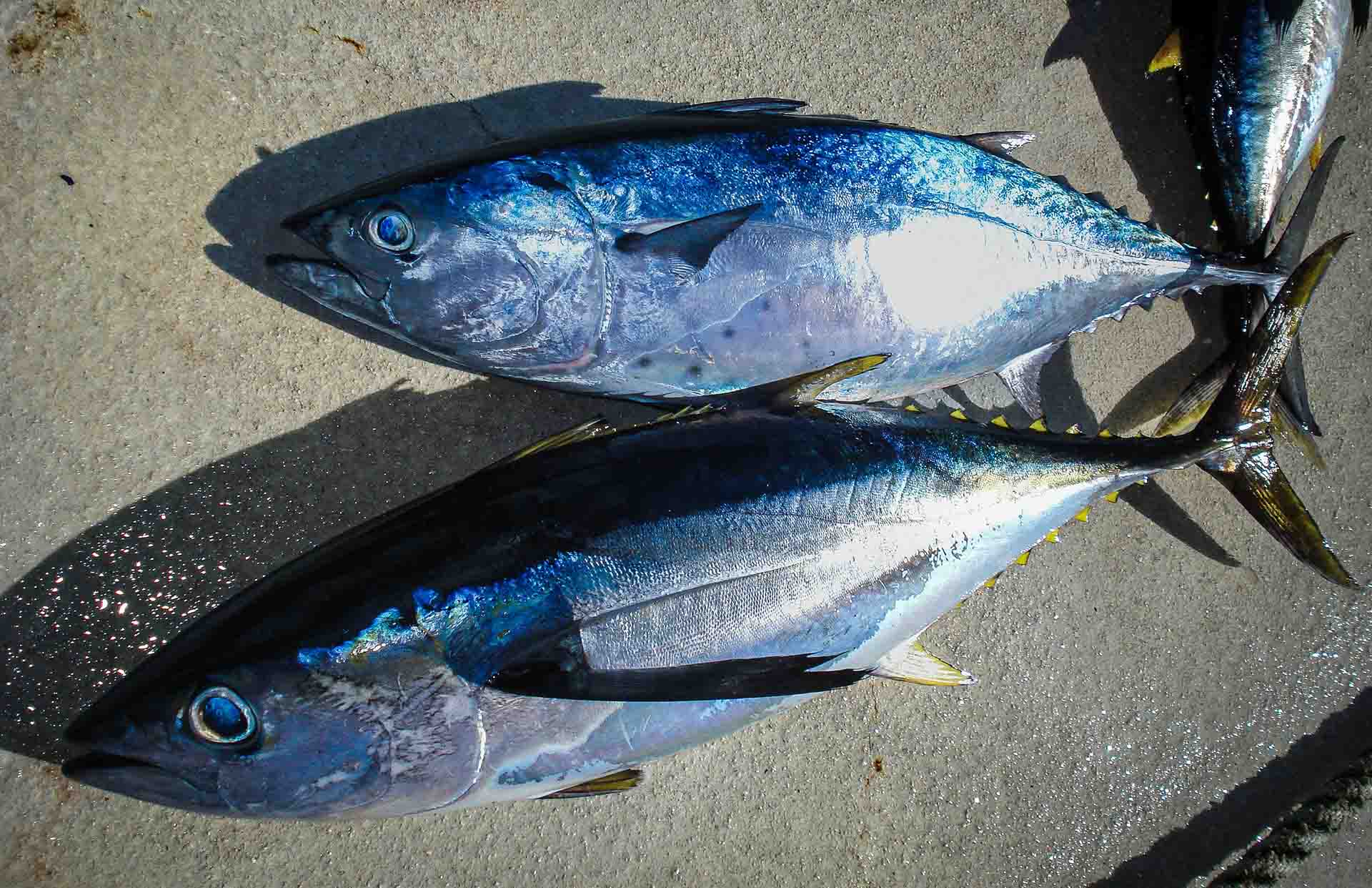
Understanding Yellowfin Tuna
Yellowfin tuna, scientifically known as Thunnus albacares, are renowned for their remarkable characteristics that make them a sought-after catch among anglers worldwide. These impressive predators typically inhabit warm, tropical and subtropical waters in various oceans, including the Atlantic, Pacific, and Indian Oceans.
Their sleek, torpedo-shaped bodies, with distinct yellow dorsal and anal fins, set them apart. Yellowfin tuna are prized for their exceptional speed and agility, often capable of reaching speeds of up to 50 miles per hour. Their voracious feeding behavior, including chasing down schools of smaller fish and squid, makes them a thrilling target for sport fishing enthusiasts.
These fish are known to roam the open ocean, displaying migratory patterns that vary by region and season. Understanding these patterns and migration routes is crucial for successful yellowfin tuna angling, as it enables anglers to position themselves strategically to intercept these magnificent creatures during their journeys. Whether you’re pursuing yellowfin tuna for sport or sustenance, grasping yellowfin tuna habitats, behavior, and seasonal movements is the key to a productive and memorable fishing expedition.
Essential Gear for Yellowfin Tuna Fishing
Embarking on a successful yellowfin tuna fishing expedition necessitates a well-equipped arsenal of gear tailored to the demands of this exciting pursuit. Essential equipment includes robust fishing rods and reels, heavy-duty lines, quality hooks, sturdy leaders, and a diverse array of fish baits and lures.
For beginners, a good starting point is to opt for medium-heavy to heavy-action conventional or spinning rods and reels that can withstand the strength and speed of yellowfin tuna. These versatile setups provide a solid foundation for learning the ropes of tuna fishing.
As you gain experience and confidence, you can upgrade to more specialized gear, such as custom-designed tuna rods and high-capacity reels, which offer enhanced control and performance. Whether you’re just starting or a seasoned angler, having the right gear and safety equipment is the cornerstone of a successful yellowfin tuna fishing venture.
Choosing the Right Fishing Rod and Reel
When it comes to yellowfin tuna fishing, selecting the right fishing rod and reel is a decision that can significantly impact your chances of success. The key to a successful catch is a stout and durable rod. Seek out heavy-action rods, preferably in the 50- to 100-pound class, such as Berkley Big Game Casting Fishing Rod, as these provide the necessary backbone to withstand the ferocious runs and relentless pulls of yellowfin tuna.
Pair your rod with a high-quality conventional or spinning reel, ensuring it’s capable of handling the strength and endurance required for battling these formidable fish. Advanced anglers often opt for custom-designed tuna rods, tailored precisely to their preferences, and high-capacity reels that offer greater precision and control. A well-matched combination of rod and reel ensures that you can cast effectively and reel in these prized fish when they’re hooked, enhancing the overall angling experience.
Bait and Lures – What Works Best for Yellowfin Tuna
Yellowfin tuna are known for their discerning feeding habits, and the choice of bait or lure can significantly impact your success rate. Live bait options, such as small bonito, skipjack, or flying fish, have proven highly effective in enticing these apex predators. Ensure you have the appropriate rigging equipment, including hook sizes and leaders, to present the live bait naturally and attractively.
Artificial lures also have their place in yellowfin tuna fishing, with trolling skirts, diving plugs, and poppers being popular choices. Successful lure fishing relies on matching the lure type, color, and size to the tuna’s current feeding preferences and the prevailing water conditions.
It’s important to remain adaptable and experiment with various bait and lure options to maximize the chances of a successful yellowfin tuna catch. Pay close attention to the water conditions and the tuna’s behavior, allowing you to adjust the bait and lure selection accordingly for the best results.
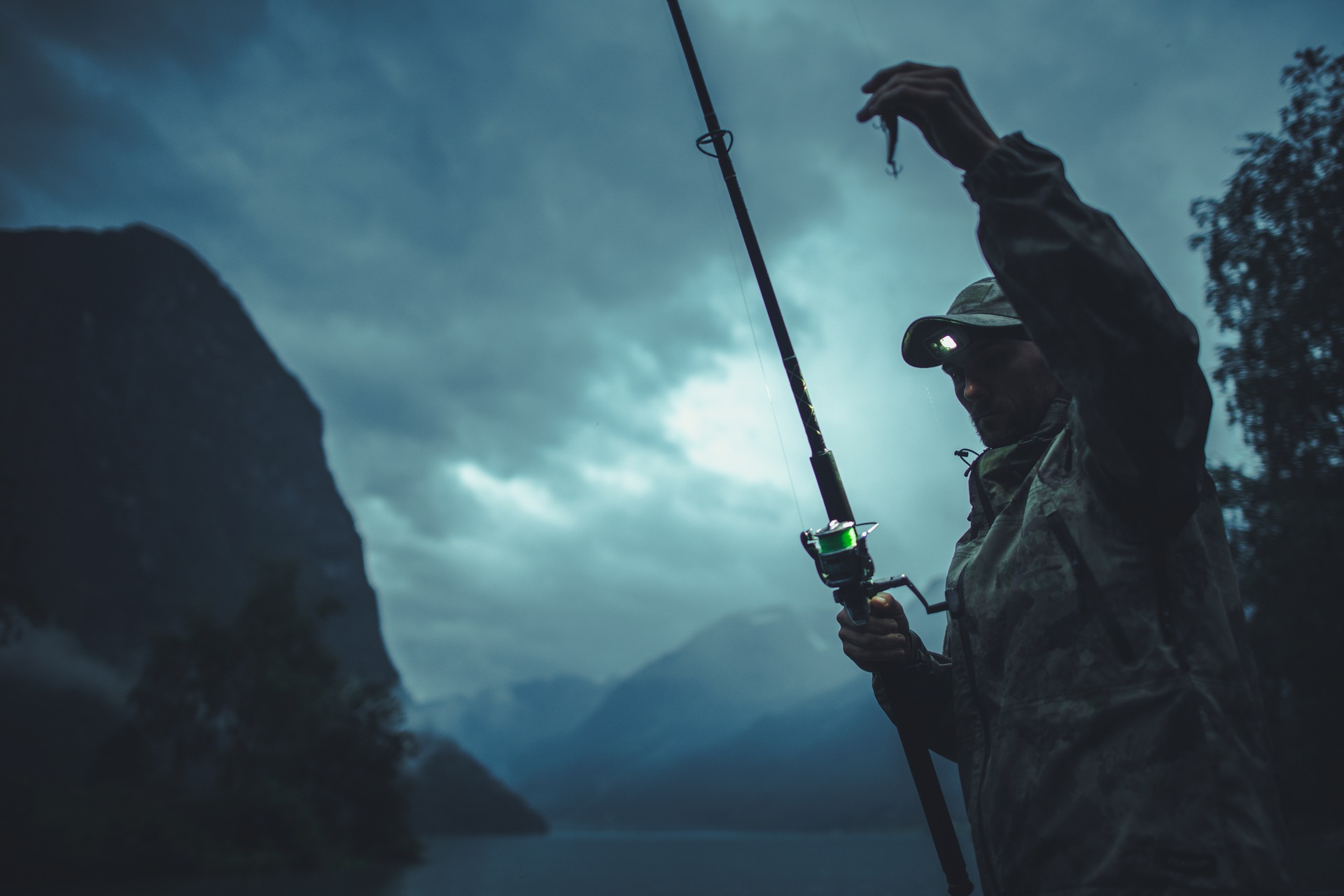
Successful Techniques for Catching Yellowfin Tuna
Catching yellowfin tuna is not just about having the right gear – it’s also about employing the right techniques to attract and hook these magnificent fish. There are several proven methods that anglers use, each with its own nuances. Trolling for yellowfin tuna, for instance, involves dragging a spread of lures or bait behind a moving fishing boat. This technique mimics a school of baitfish, enticing yellowfin tuna to strike. When trolling, it’s essential to maintain a consistent speed and vary lure patterns to keep the tuna interested.
Jigging is another effective approach, particularly when the tuna are holding at various depths. It involves dropping heavy jigs vertically into the water and then rapidly jerking them up and down to mimic injured prey. The sudden movement can trigger predatory instincts in yellowfin tuna, leading to explosive strikes. Successful jigging demands a degree of finesse, as it’s crucial to get the rhythm and depth right to entice the fish.
Popping, or popper fishing, is a visually thrilling technique that involves casting large, noisy poppers on the water’s surface to mimic a struggling prey item. Yellowfin tuna are known for their aggressive surface strikes, and poppers can trigger spectacular topwater explosions. Anglers should retrieve the popper with a combination of pops and pauses to make it resemble wounded prey, luring the tuna to the surface.
Reading the Ocean – Tips for Locating Yellowfin Tuna
Finding yellowfin tuna is often the first and most crucial step in a successful angling expedition. These elusive fish tend to follow their prey, which can lead them to different parts of the ocean. To locate yellowfin tuna, it’s essential to understand ocean conditions and recognize signs of their presence. Start by studying water temperature, as yellowfin tuna prefer warmer waters. Using temperature charts or even electronic fish finders can help you identify temperature breaks or currents where the tuna might gather.
Another vital aspect is understanding the behavior of baitfish and other potential prey species. Look for schools of small fish, birds diving for food, or any other indications of activity on the surface. Yellowfin tuna are often found near these sources of food. Pay attention to any floating debris, seaweed, or flotsam, as these can also attract tuna, as they provide shelter and food sources.
Additionally, keep an eye out for birds such as seagulls and terns, as they often indicate the presence of feeding tuna below. By reading the ocean and recognizing these signs, you can increase your chances of encountering and hooking yellowfin tuna.
Fighting and Landing Yellowfin Tuna
Hooking a yellowfin tuna is just the beginning of the challenge, as landing one of these powerful fish can be an epic battle. Proper technique and strategy are essential to ensure both your success and the fish’s well-being. When you’ve hooked a yellowfin tuna, it’s crucial to maintain a steady but controlled pressure on the line. Let the fish run when it needs to, but also work to regain line and maintain tension, preventing the tuna from shaking the fish hook loose.
Use your body and the leverage of the rod to tire out the fish, but be prepared for lightning-fast runs and acrobatic jumps. Patience is key, as these fights can be lengthy, and rushing the process could lead to a lost catch. Once the tuna is exhausted and brought close to the boat, it’s important to handle it with care. A gaff or a well-placed harpoon may be used to secure the fish, but be cautious not to damage the meat or injure yourself in the process.
For catch-and-release practices, using circle hooks can reduce injury to the fish, and dehooking tools should be used carefully to minimize harm. Successful catch-and-release efforts help conserve these incredible species for future generations of anglers to enjoy. Mastering the art of fighting, landing, and handling yellowfin tuna is not only rewarding for anglers but also ensures the sustainability of this prized game fish.
Navigating the Depths – A Symphony of Skill, Conservation, and the Elusive Yellowfin Tuna
Yellowfin tuna, with their remarkable speed and strength, offers anglers a challenging yet rewarding target. However, this pursuit goes beyond the adrenaline rush – it deepens our appreciation for the intricate balance of the marine ecosystem. As we venture into the open waters, we not only seek to conquer these majestic creatures but also embrace the responsibility to protect and preserve their populations for generations to come. Ultimately, catching yellowfin tuna is not just about the catch itself but the profound connection it forges between us, the ocean, and the incredible world beneath the surface.
Frequently Asked Questions
What Is the Best Time of Year to Catch Yellowfin Tuna?
The best time to catch yellowfin tuna depends on the location. In general, they are more abundant during the warmer months in tropical and subtropical waters. In the Eastern Pacific, peak yellowfin tuna seasons often occur from late spring to early fall. In the Western Atlantic, summer and early fall are prime times. However, local factors, like water temperature and bait availability, can influence their presence.
How Do You Identify Yellowfin Tuna Hotspots?
Identifying yellowfin tuna hotspots involves monitoring ocean conditions and prey activity. Look for temperature breaks and currents, often found near underwater features like seamounts or ridges. Pay attention to birds diving for food, floating debris, and schools of small fish, as these are common indicators of tuna hotspots. Fish finders and local knowledge can also be invaluable.
What Are the Regulations for Yellowfin Tuna Fishing?
Regulations vary by location and can change over time. It’s crucial to consult local authorities and fisheries management organizations for up-to-date information on catch limits, size restrictions, and closed seasons. Compliance with regulations ensures sustainable yellowfin fishing and helps conserve their population.
How to Catch Yellowfin Tuna in Florida?
Catching yellowfin tuna in Florida typically involves venturing into the Gulf of Mexico. Begin by targeting areas where warm Gulf Stream currents intersect with underwater structures like oil rigs, ledges, and drop-offs. Use trolling techniques with skirted baits or lures to mimic the tuna’s prey. Pay attention to water temperature and baitfish activity, and be prepared for an intense battle when you hook one of these powerful fish.
How to Catch Yellowfin Tuna in the Gulf of Mexico?
Catching yellowfin tuna in the Gulf of Mexico is a thrilling adventure. Start by identifying prime locations near deepwater structures, such as oil rigs or underwater ridges, where these fish often congregate. Employ trolling methods with flashy lures or natural baits to entice strikes. Be attentive to changing ocean conditions and water temperature, as they can influence the tuna’s presence and behavior. Preparedness and adaptability are key to success in these waters.

